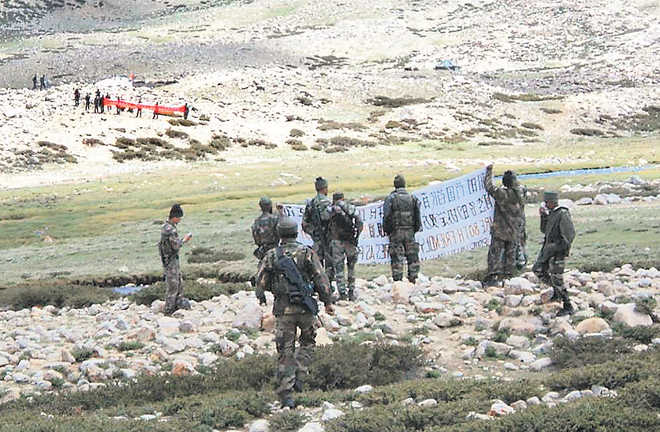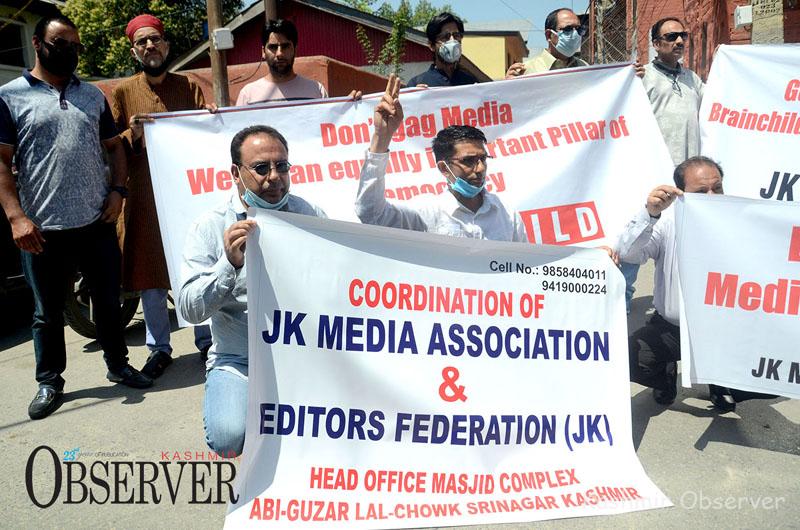
New Delhi- In the first sign of de-escalation of tension in eastern Ladakh, the Chinese Army has removed tents and started to withdraw its troops from Galwan Valley as decided during high-level talks between the two militaries, government sources said on Monday.
Galwan Valley was the site of a violent hand-to-hand clash between the two militaries on June 15 that left 20 Indian soldiers dead.
China’s People’s Liberation Army was seen removing tents and structures at patrolling point 14, the sources said, adding rearward movement of vehicles of Chinese troops was seen in the general area of Galwan and Gogra Hot Springs.
They said disengagement of Chinese troops in the area has begun as per decisions arrived at during the Corps Commander-level talks.
The sources said there was clear sign of withdrawal of structures and troops from the patrolling point 14 in Galwan Valley and that they are likely to move back more than a kilometre in the area.
The sources said it would not be possible to know immediately how much distance the Chinese troops are going back and that there will be clarity only after a proper verification process is conducted.
The clashes in Galwan Valley took place after Indian troops strongly opposed the erection of a surveillance post by the Chinese side near patrolling point 14.
It is not immediately known whether the de-escalation initiative has also been started in the Pangong Tso area where the Chinese side has significantly enhanced its presence, particularly in areas between Finger 4 and Finger 8.
On June 30, the Indian and Chinese armies held the third round of Lt General-level talks during which both sides agreed on an “expeditious, phased and step wise” de-escalation as a “priority” to end the standoff.
The first round of the Lt General talks were held on June 6 during which both sides finalised an agreement to disengage gradually from all the standoff points beginning with Galwan Valley.
However, the situation deteriorated following the Galwan Valley clashes as the two sides significantly bolstered their deployments in most areas along the LAC.
On Friday, Prime Minister Narendra Modi made a surprise visit to Ladakh during which he said the era of expansionism is over and that the history is proof that “expansionists” have either lost or perished, in comments which were seen as a clear message to China that India is not going to backoff and would deal with the situation with a firm hand.
The Indian and Chinese armies are locked in a bitter standoff in multiple locations in eastern Ladakh for the last seven weeks.
The tension escalated manifold after killing of 20 Indian soldiers in Galwan Valley. The Chinese side also suffered casualties but it is yet to give out the details.
Both sides have held several rounds of diplomatic and military talks in the last few weeks to ease tension.
Following the Galwan Valley clashes, the Army has sent thousands of additional troops to forward locations along the border besides moving in heavy weapons.
China Talks of Progress
China on Monday said the front-line troops are taking “effective measures” and making “progress” to disengage and ease the tensions in the Galwan Valley along the Line of Actual Control with India. The remarks of China’s Foreign Ministry spokesperson Zhao Lijian came after government sources in New Delhi said the Chinese Army was seen removing tents and moving back from certain areas of the Galwan Valley, in a first sign of disengagement of troops from the area.
The Galwan Valley was the site of a violent hand-to-hand clash between the two militaries on June 15 that left 20 Indian soldiers dead.
China’s People’s Liberation Army was seen removing tents and structures at patrolling point 14, the sources said in New Delhi, adding rearward movement of vehicles of Chinese troops was seen in the general area of Galwan and Gogra Hot Springs.
Asked about reports of Chinese troops pulling back from the flash point in Galwan Valley, Zhao said “there is progress made on front-line troops taking effective measures to disengage and ease the tensions.” He said the Chinese and Indian troops held commander-level talks on June 30 as the two sides continued to work to implement the consensus reached at the two previous rounds of talks.
“We hope the Indian side will move towards China and through concrete actions implement the consensus and continue the close communication through military and diplomatic channels to jointly push for the de-escalation on the border region,” Zhao said. According to the sources in New Delhi, the disengagement of the Chinese troops has started as per an agreement between the Corps Commanders of the two sides.
On June 30, the Indian and Chinese armies held the third round of Lt General-level talks during which both sides agreed on an “expeditious, phased and step wise” de-escalation as a “priority” to end the standoff.
The first round of the Lt General talks were held on June 6 during which both sides finalised an agreement to disengage gradually from all the standoff points beginning with Galwan Valley. The Indian and Chinese armies are locked in a bitter standoff in multiple locations in eastern Ladakh for the last seven weeks. PTI
Follow this link to join our WhatsApp group: Join Now
Be Part of Quality Journalism |
Quality journalism takes a lot of time, money and hard work to produce and despite all the hardships we still do it. Our reporters and editors are working overtime in Kashmir and beyond to cover what you care about, break big stories, and expose injustices that can change lives. Today more people are reading Kashmir Observer than ever, but only a handful are paying while advertising revenues are falling fast. |
| ACT NOW |
| MONTHLY | Rs 100 | |
| YEARLY | Rs 1000 | |
| LIFETIME | Rs 10000 | |












